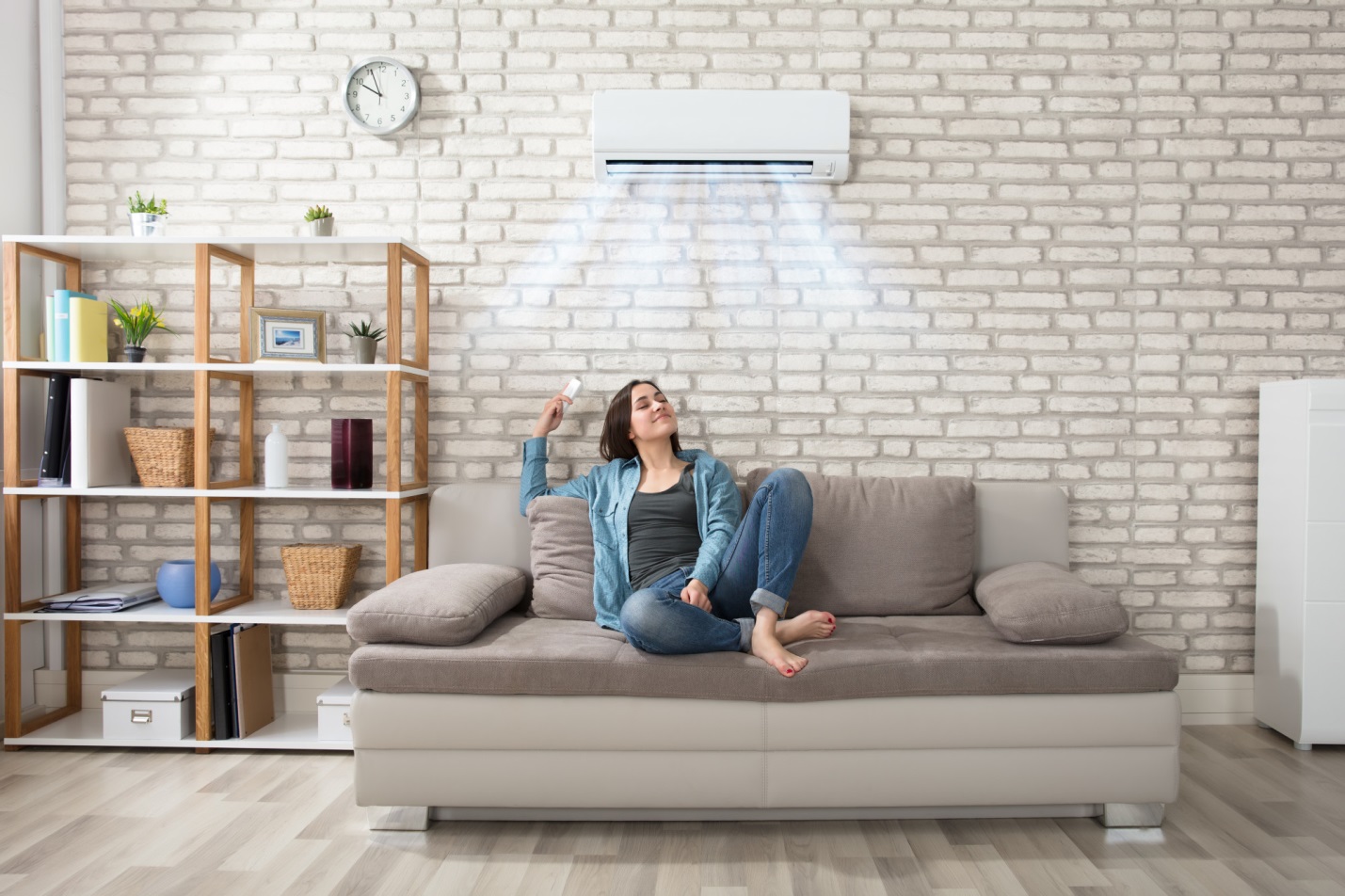Are you looking forward to installing a central air conditioner or purchasing a window air conditioner for your apartment? It’s vital to get the right-sized air conditioner.
Many people make the mistake of purchasing an AC that’s either too large or too little. Why are these significant problems? The larger the air conditioner, the more electricity it requires. Due to its large capacity, it may also quickly cool down a room, leaving it cold and laden with excessive humidity.
A small-capacity air conditioner will be readily apparent. It will struggle to bring down the temperatures during a hot summer day. In this article, we’ll remove the guesswork out of selecting the right air conditioner for your needs by discussing BTUs.
The significance of BTU
BTU just stands for “British Thermal Units.” It’s used to denote the cooling performance of an air conditioner, but it’s also used to measure the heating performance of a furnace. When shopping for a new air conditioner, it’s the main figure to hold in high regard as it will help you choose the right size for the unit.
How to figure out the right air conditioner size using the BTU
When calculating the right air conditioner capacity, the most important thing is the room’s size, measured in square foot. Generally, allocate 20 BTUs for each square foot of living space. Residential air conditioners typically have a cooling capacity that ranges from 5,000 to 20,000 BTU. Now, here is a step-to-step guide to choosing an air conditioner:
Step 1: Measure your room size
So, how do you measure the room size? You just need to measure the length and width. You then multiply the length and the width to get the area. Note that this calculation does not take into account the height of the room. Larger rooms have more volume of air. Smaller rooms have smaller volumes.
For instance, if the room is 15 feet wide by 20 feet long, the area is 300 Square feet. Next, you just need to multiply the square feet by the standard BTU.
So, 300 sq X 20 = 6000 BTUs. Some manufacturers may recommend using 25 BTUs for each square foot. That’s because it is always advisable to buy a slightly larger air conditioning unit.
Step 2: Consider other factors
Calculating the square footage does not take into account other factors that will affect the cooling performance of the AC. So here are more considerations to make:
1. Sunlight exposure and climate
Shady rooms will definitely require less cooling capacity than a room with sun-facing windows. Similarly, the average climate and temperatures experienced on hot days will also influence your AC’s capability. So in hot climates and sunny rooms, you may be advised to increase the BTU by up to 1000 BTUs. For shady rooms in cooler climates, the BTU capacity may be reduced by up to 10%.
2. Traffic & occupants
Generally, busy rooms may require additional BTUs than rooms that may only have one occupant at a time or where the door is mostly closed. Humans also produce heat.
3. Kitchen area
Kitchens with ovens generate more heat. The AC should compensate for the increased heat during cooking. For kitchens, the BTU may be increased by up to 4,000 BTUs.
4. The number and size of windows
Unlike walls, windows allow more heat into a room. So you have to adjust the AC unit’s capacity based on the number of windows and the amount of insulation they provide (for instance, triple glazed windows will provide more insulation against heat than double glazed windows).
5. Ceiling height
Rooms with very high ceilings have more air capacity. Also, darker ceilings retain more heat than white painted ceilings.
Step 3: Choose between a wall through unit or a window unit
The wall through AC will need to be cut into the wall. It protrudes on the outside, and you may not have the ability to install it in your apartment or without involving a professional. Wall units are less obtrusive as they are ingrained into the structure.
Window units are more noticeable and don’t merge with the rest of the structure. But on the other hand, they are easy to install and uninstall. You’ll also find that they are cheaper but may not last as long as wall-through units. A wall-in unit may also provide more energy savings.
Step 4: Consider the quality, comfort, and noise
The next consideration to make is the quality of the air conditioner. Prices of similar-sized AC units will differ depending on the company you choose. If you’re in Phoenix, Click here to find out more about AC cost.
You also need an AC that has good scores on comfort and noise levels. This may entail going over reviews from past buyers. You may also consider extra features such as smart-enabled AC units with mobile applications. They eliminate the need to adjust the temperature manually. You may program them to turn on at certain temperatures or specific times of the day.
Step 5: Consider the operating costs and energy efficiency
The air conditioner should be highly rated in terms of its energy-efficient ratio (EER of 10) and have an energy star label. Ask the manufacturer or supplier about the unit’s operating costs. Alternatively, you can use the appliance energy calculator provided on the Energy Department website. Consider the costs of replacing the air filter that comes with the unit.
Bottom Line
The final BTU capacity depends on several factors, majorly the room’s size. Other details to consider include ceiling height, number of windows, amount of sunlight, the presence of a cooker, and number of occupants. Sales representatives are your best sources for information. You may also enlist the help of an HVAC contractor when calculating the ideal BTU capacity.




